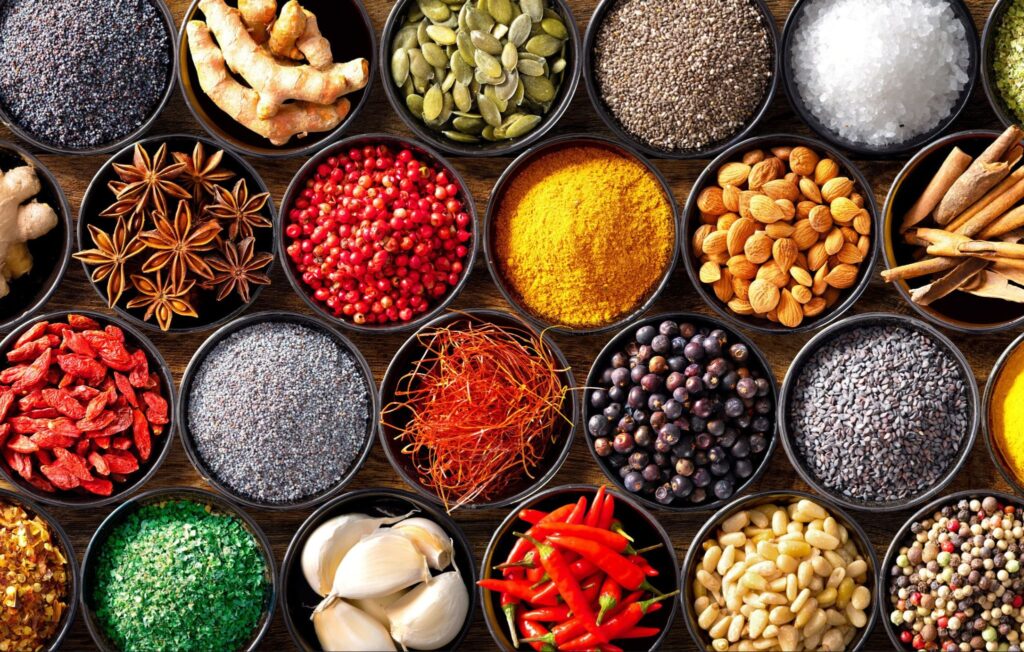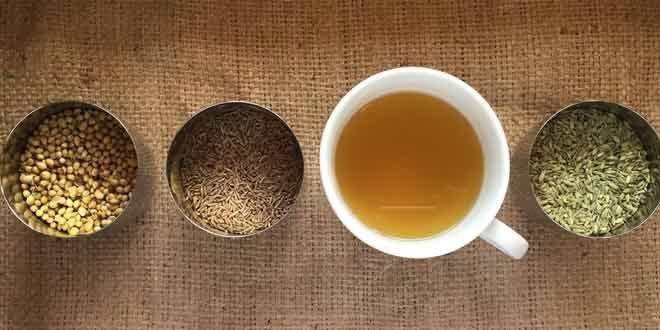Sattvic Foods, Remedies and Practices for a Blissful Life
Part Two: Featuring Sattvic Remedies That Rejuvenate the Mind and Body
When we think about restoring Sattva, herbs and spices can also be a valuable part of your self-care program. Herbs provide micro-nourishment to the mind and body, while your diet and daily routines are the foundational components, necessary for sustained health.
Again, Sattva is the quality of truth, clarity, intelligence, equilibrium, stability, virtue, and goodness. Sattva brings a feeling of happiness, contentment, love, and devotion. Sattva creates clarity in the mind, through which we perceive the truth of all things.

“Sattva is the quality of truth, clarity, intelligence, equilibrium, stability, virtue, and goodness. Sattva brings a feeling of happiness, contentment, love, and devotion”.
I also want to share with you about Rasayana, the Ayurvedic tradition of rejuvenation. Rasa means juice, while ayana means path. Thus, Rasayana is the path to getting juicy. The idea is to nourish yourself deeply, in an intentional way. By doing so, your body can regenerate and revitalize all of your organs, tissues, and systems—including your mental, emotional, and spiritual state of being.
Often, Rasayana herbs are Sattvic. Unlike stimulants such as coffee, which give us an immediate boost of energy, but can leave us wired and depleted, Rasayana herbs nourish our foundation. They help us create deep sustainable energy, physical strength, endurance, longevity and mental clarity. The Rasayana herbs I’m sharing with you here are safe, non-toxic, reduce stress and promote Sattva. I have so many cherished Sattvic herbs, and I’m sharing a few of my favorites with you below. (It is a good idea to check with your practitioner to make sure the addition of new herbs is appropriate for your health program.)
Ashwagandha is the best rejuvenative herb, particularly for the muscles, marrow, semen and for Vata constitution. It is used for all conditions of weakness, fatigue, sexual debility and tissue deficiency. It is helpful for those suffering from overwork, lack of sleep or nervous exhaustion. Ashwagandha is nurturing, clarifying and calming for the mind and promotes deep, dreamless sleep.
Shatavari is a rejuvenating herb that cools the body and strengthens and nourishes the tissues. Shatavari balances female hormones, helps to relieve PMS symptoms, builds blood, prepares the womb for conception and is commonly used to improve the production of breast milk in nursing mothers. Sattvic (pure, harmonious) in nature, Shatavari calms the mind and promotes love and devotion.

Licorice can increase energy, boost the immune system and reduce inflammation. Just a few indications for licorice root include hyperacidity, coughs, fatigue, tiredness upon waking, elevated cortisol (the stress hormone) and blood sugar levels. Licorice calms the mind and nurtures the spirit. Avoid use if you have high blood pressure.
Tulsi, also called holy basil, is a highly Sattvic herb known in India as the “elixir of anti-aging.” Benefits of Tulsi include: fighting fatigue and stress, boosting the immune system, mind/body balance, regulating blood sugar, balancing hormone levels and unfolding love in the heart.
Brahmi is one of the most important nervine herbs used in Ayurvedic Medicine. It revitalizes the brain cells, removing toxins and blockages in the nervous system, while at the same time having a calming and nurturing effect. Brahmi is one of the best herbs for balancing and rejuvenating Pitta and is closely related to the Western herb Gotu Kola.

Chyavanprash is a nourishing Ayurvedic herbal jam in a base of the Ayurvedic superfruit Amalaki. This nourishing mixture is an excellent support for the immune system and can bring replenishment and balance to the metabolism, respiratory system, nervous system, and musculoskeletal system.
Triphala is an herbal formula containing three powerful Sattvic fruits that help remove toxins and keep bowel movements regular. The antioxidant and detoxifying effects of Triphala nourish the body, allow the cells to naturally replenish and support a healthy immune system.
In addition to foods and remedies, Sattva can also be cultivated through meditation, yoga, kirtan (devotional singing), reading spiritual texts and by surrounding oneself with people on a similar spiritual path. In the final article in this series: Part Three, I share more about lifestyle and spiritual practices for a blissful life.
When we put our attention on cultivating Sattva, we raise our vibration and good things come to us and those around us. You can read my full article about Sattva, Food and the Mind HERE.
